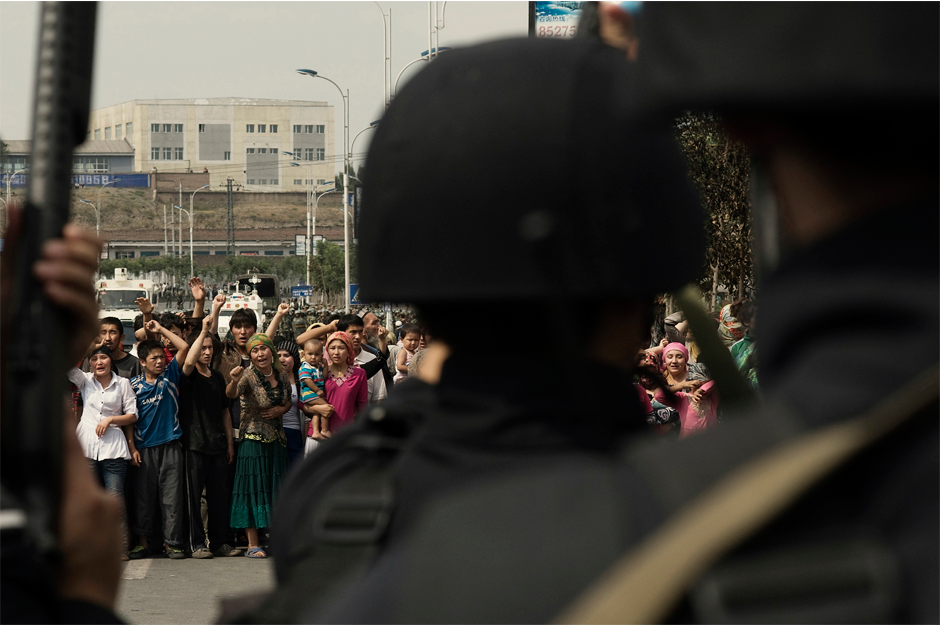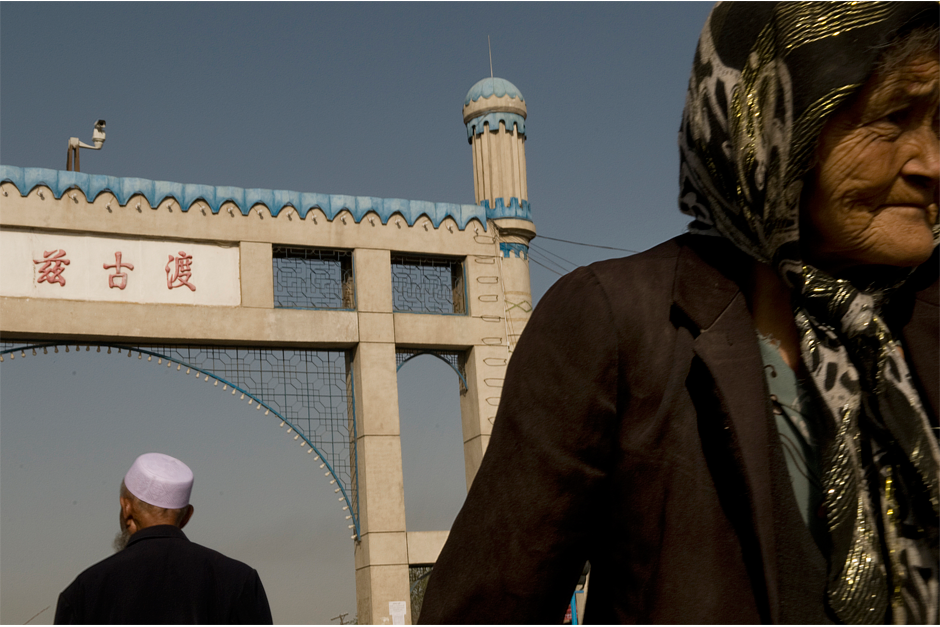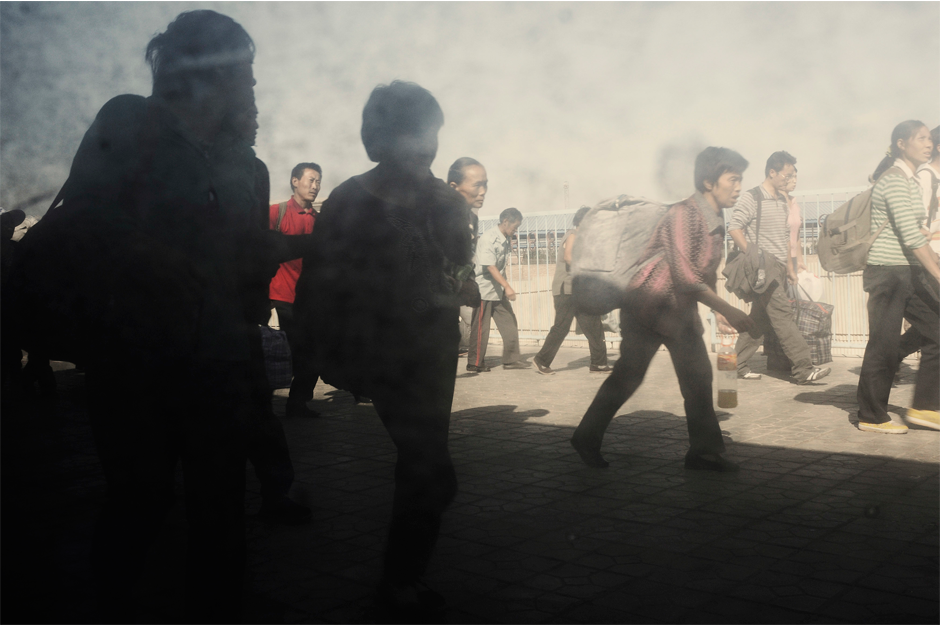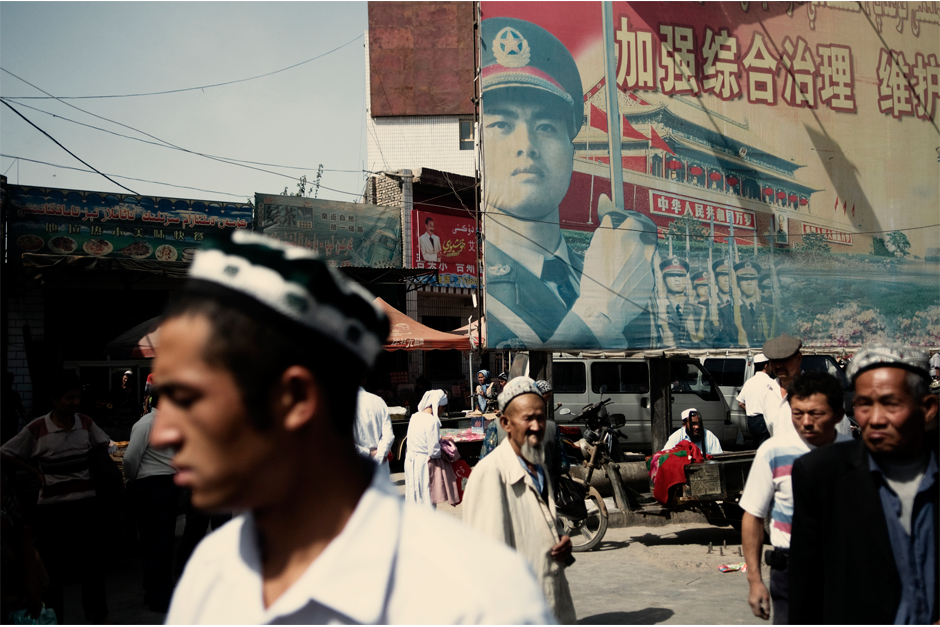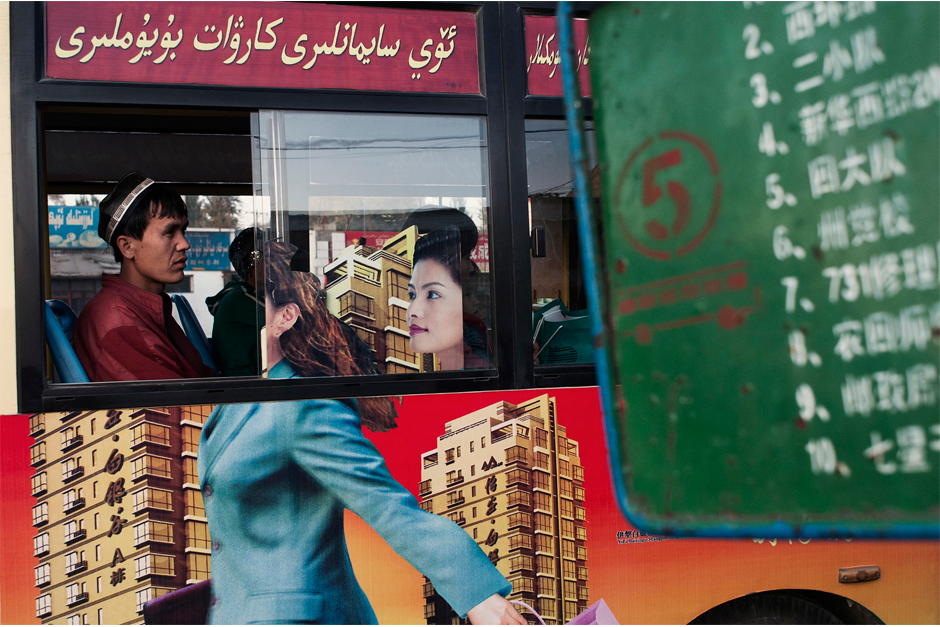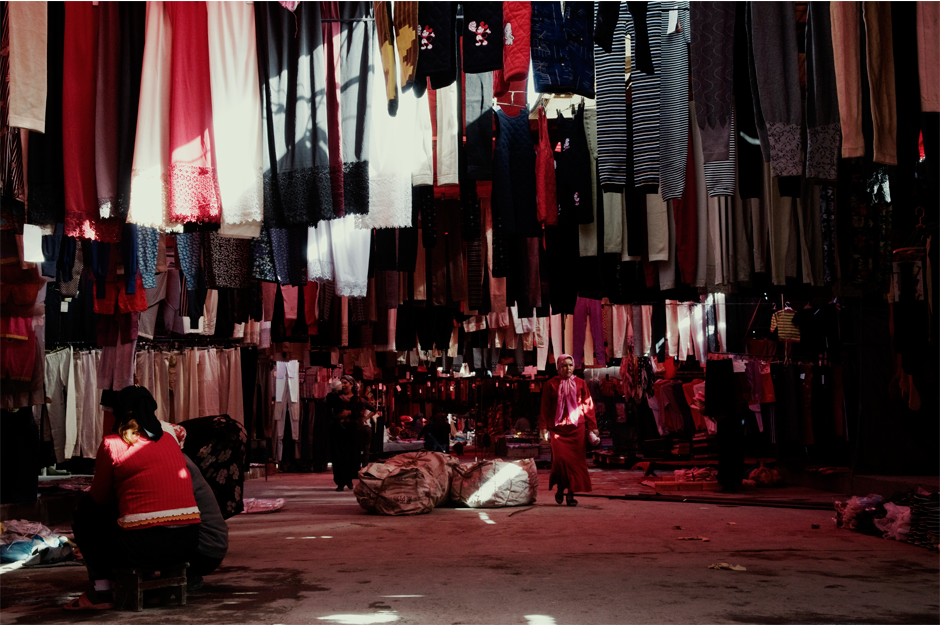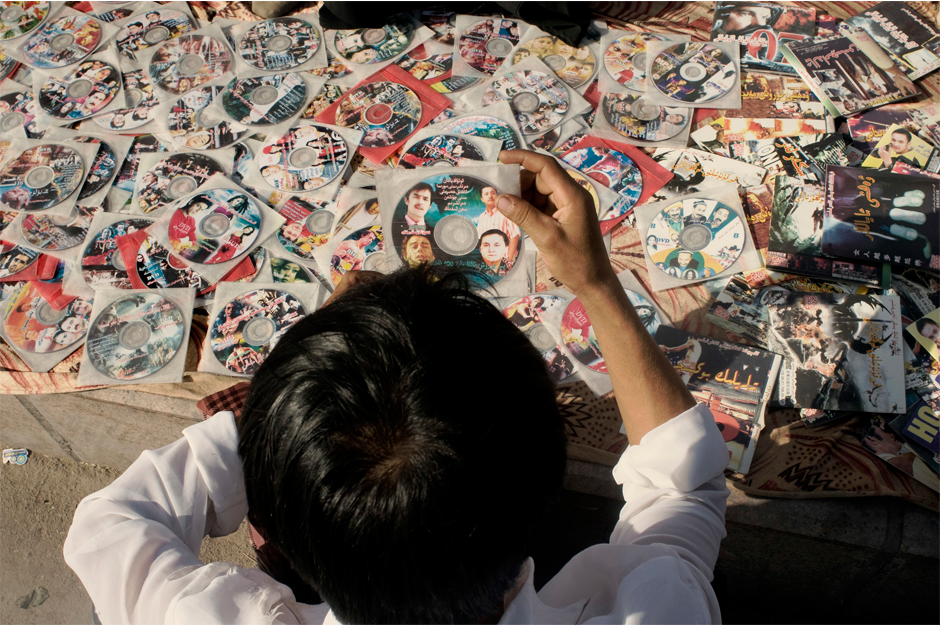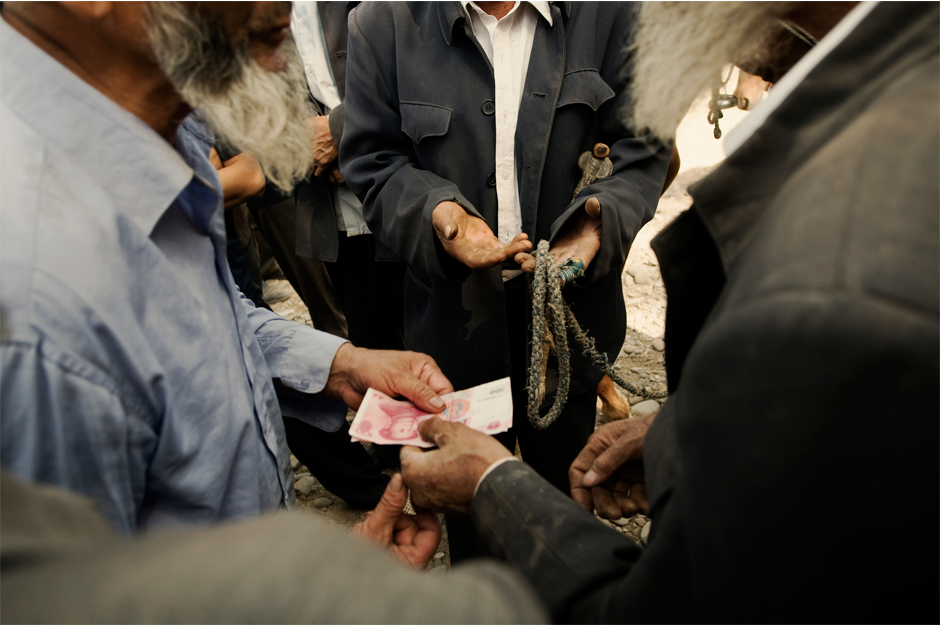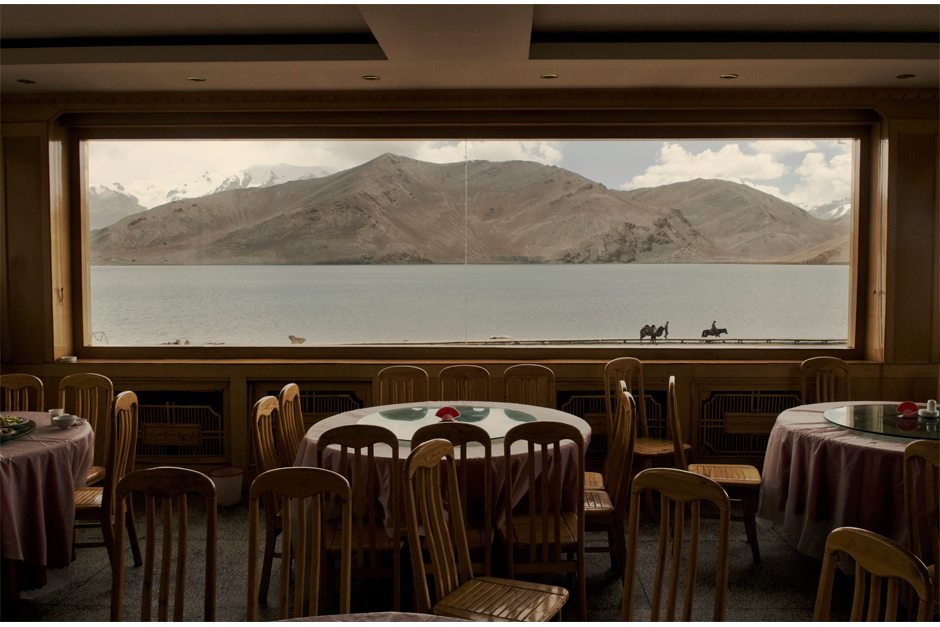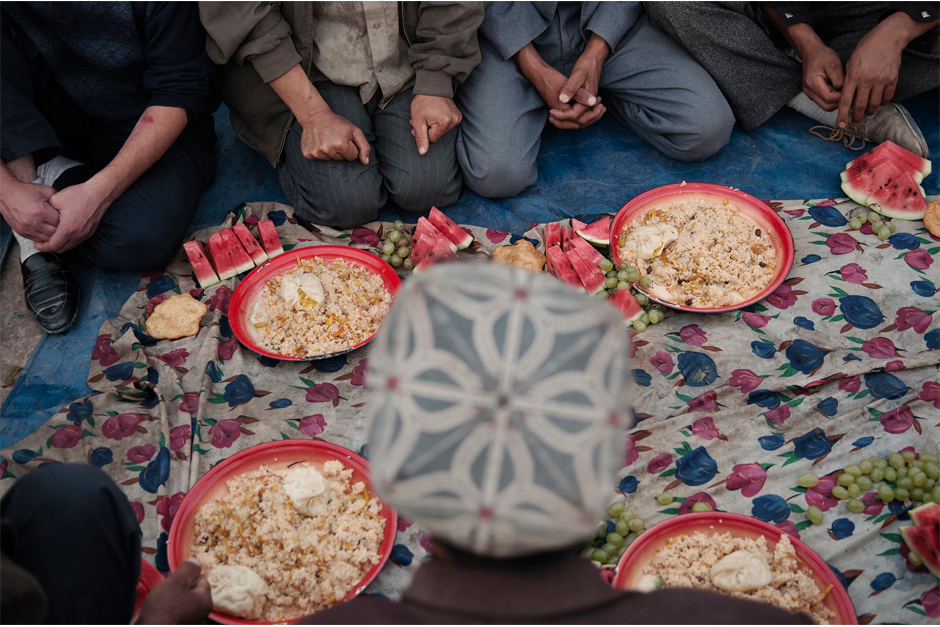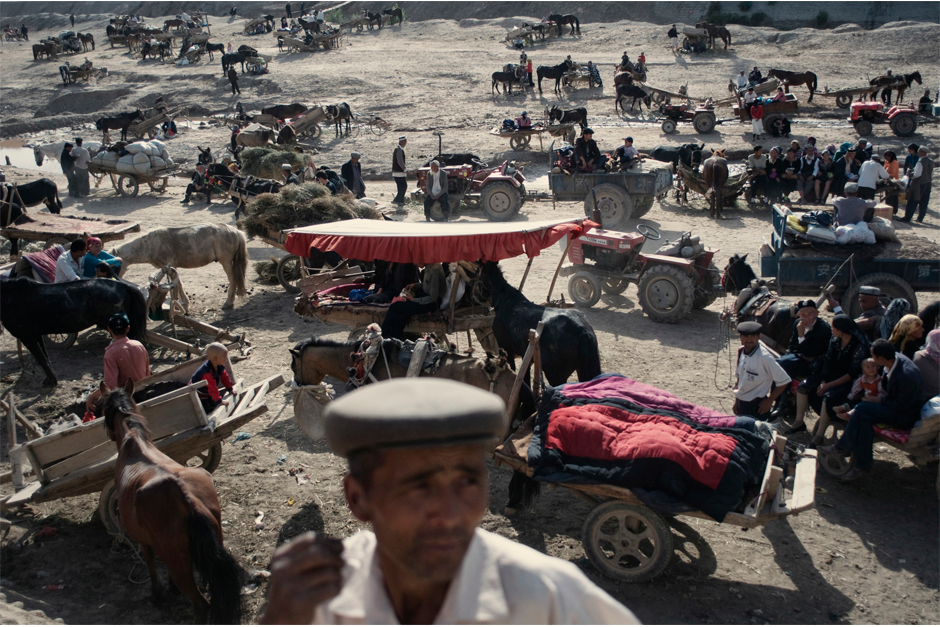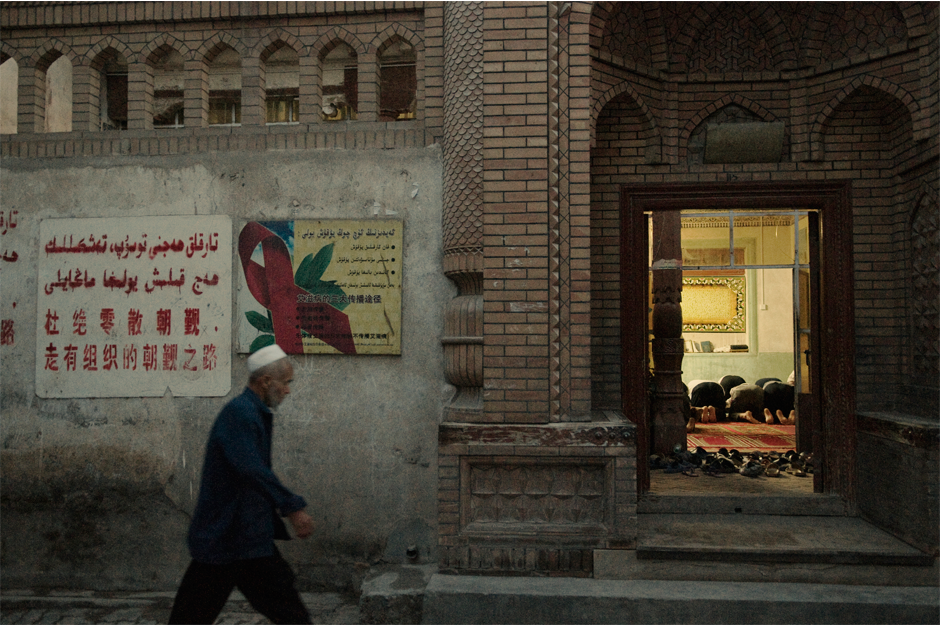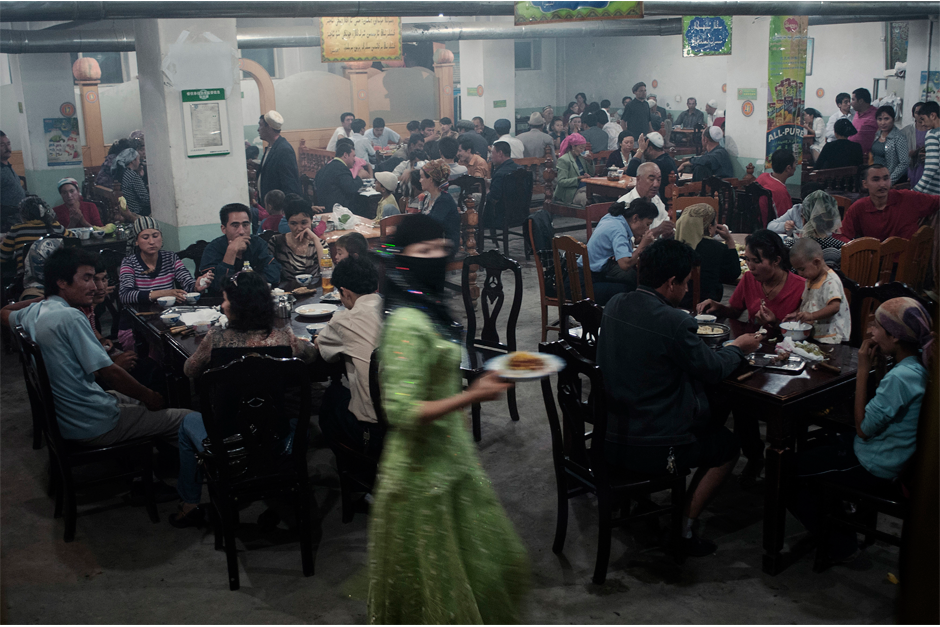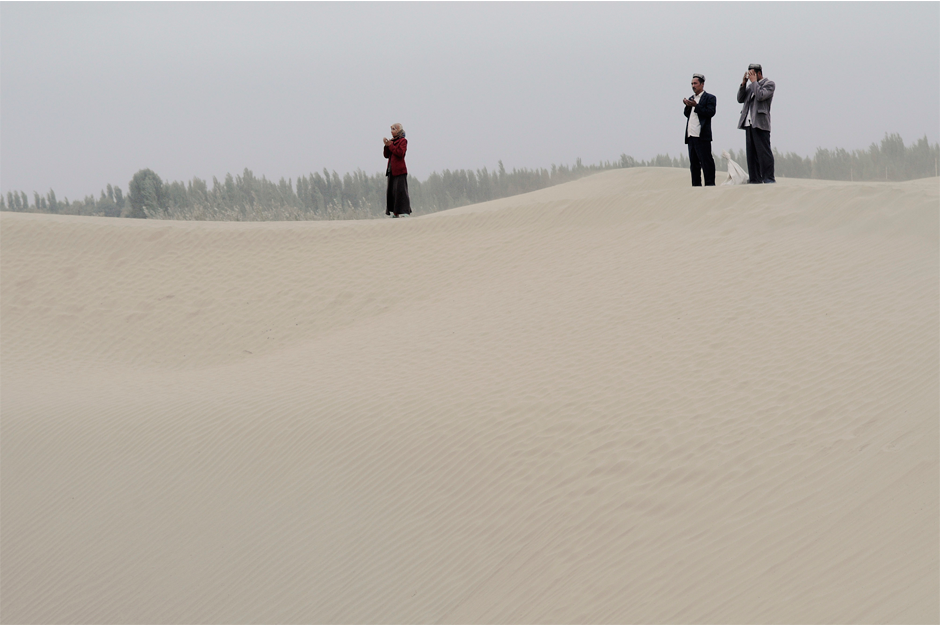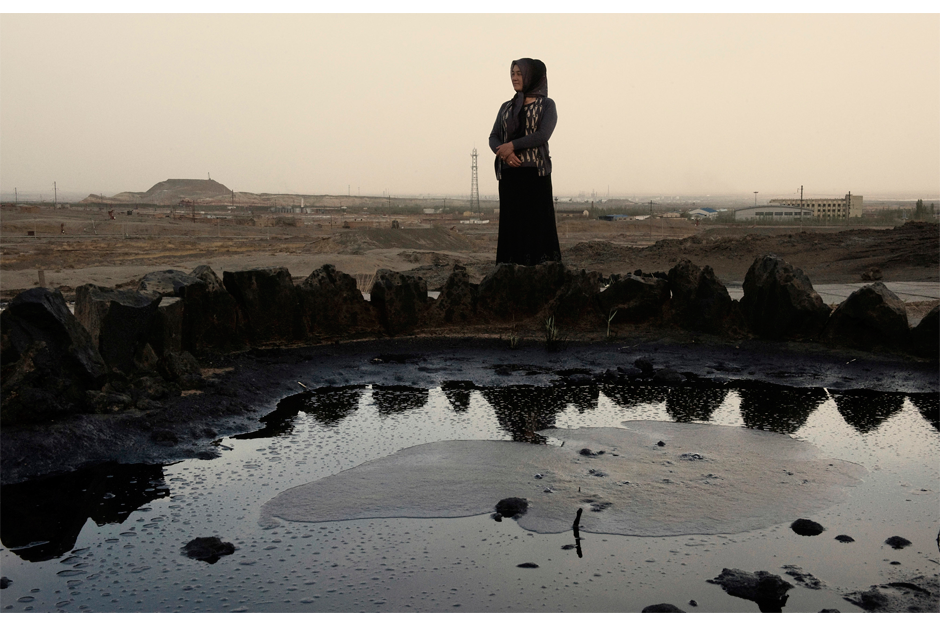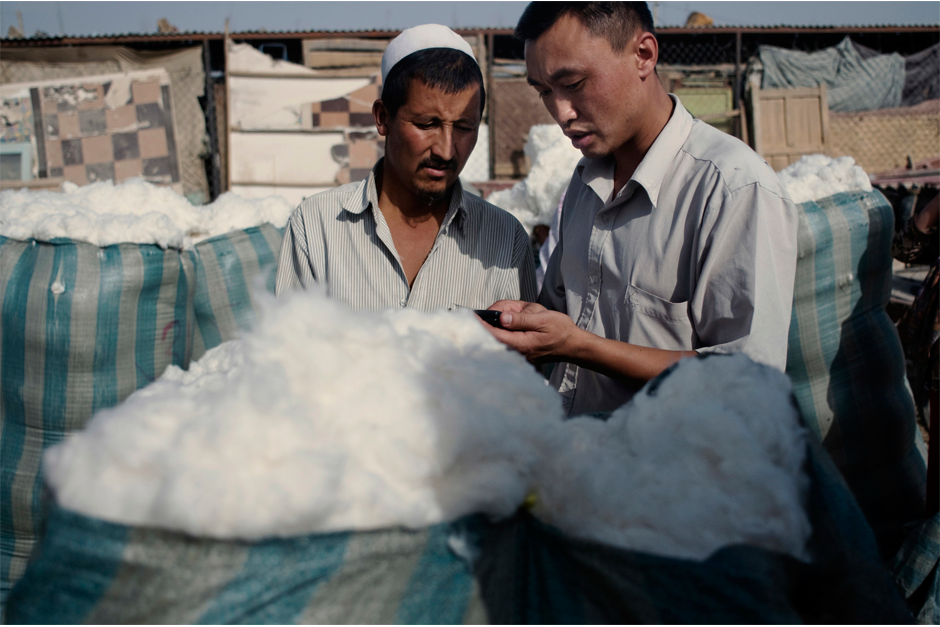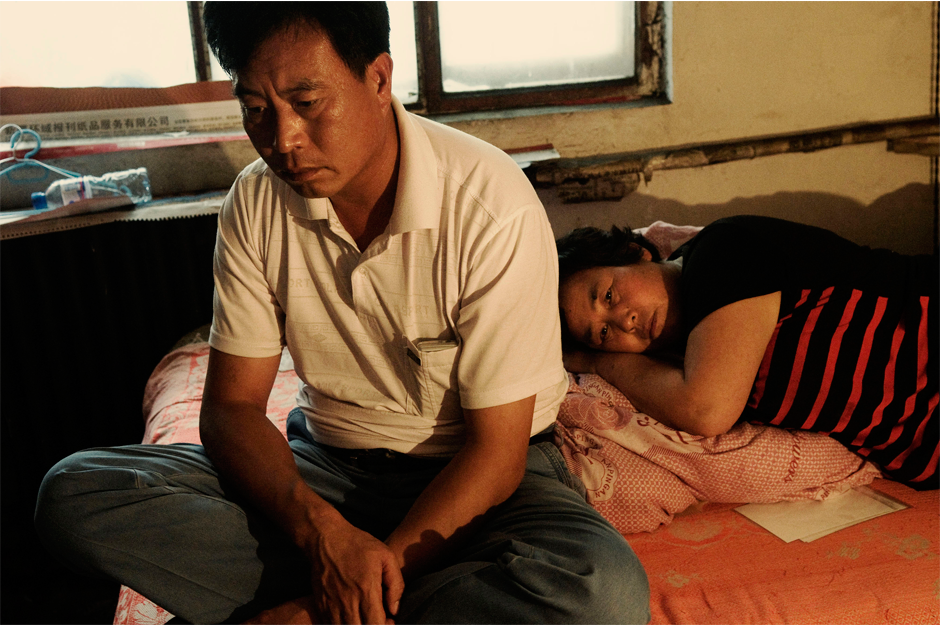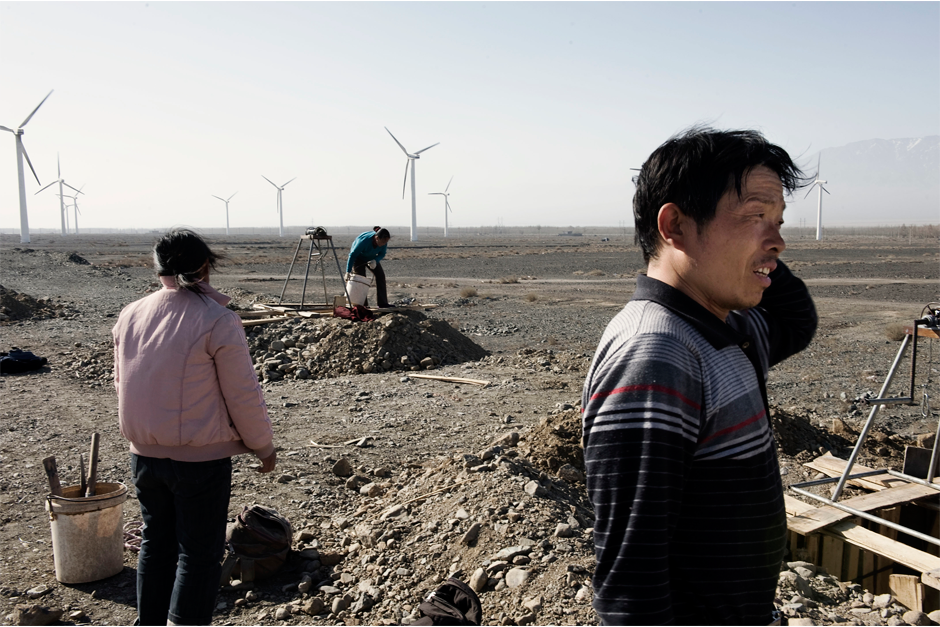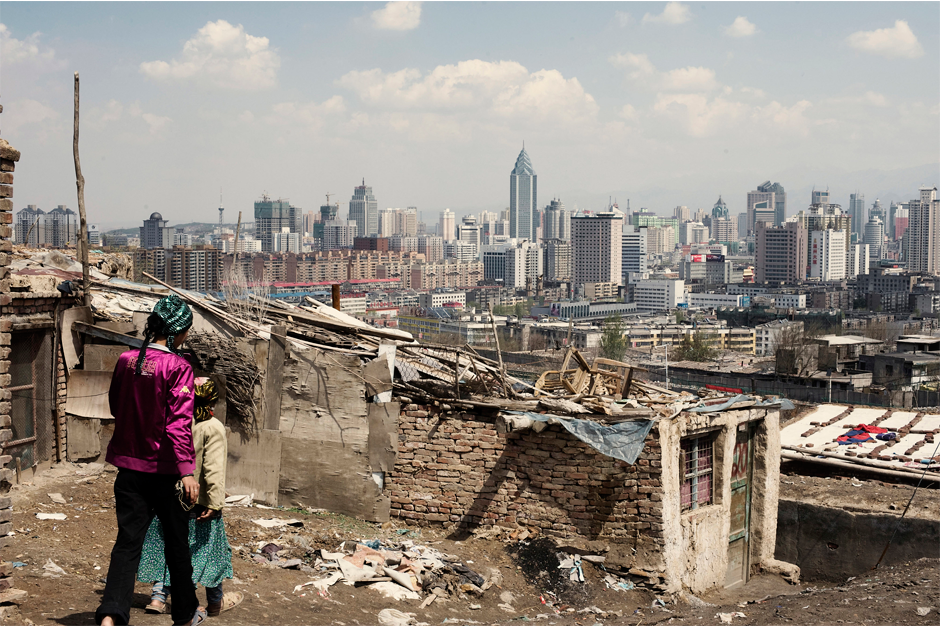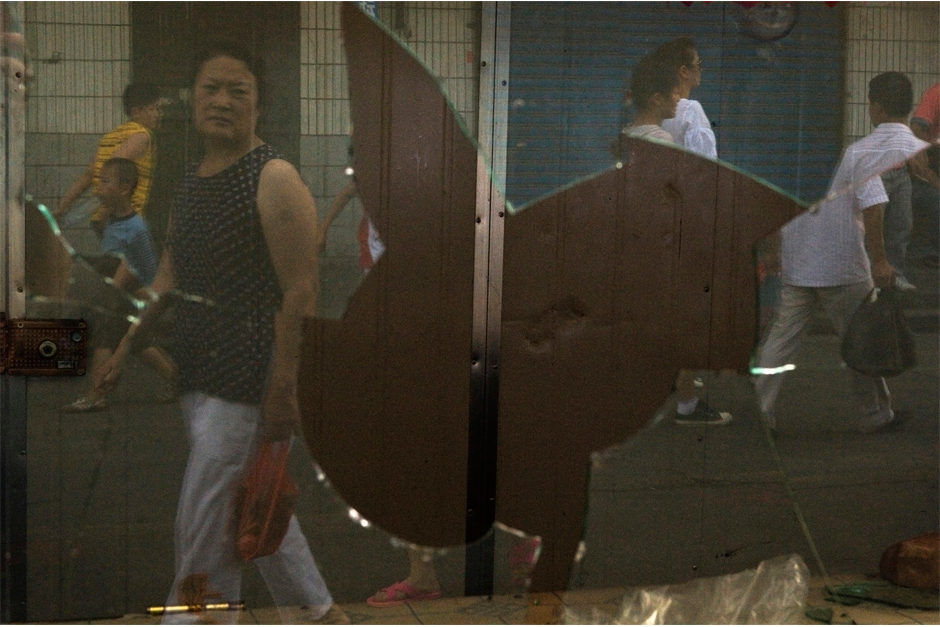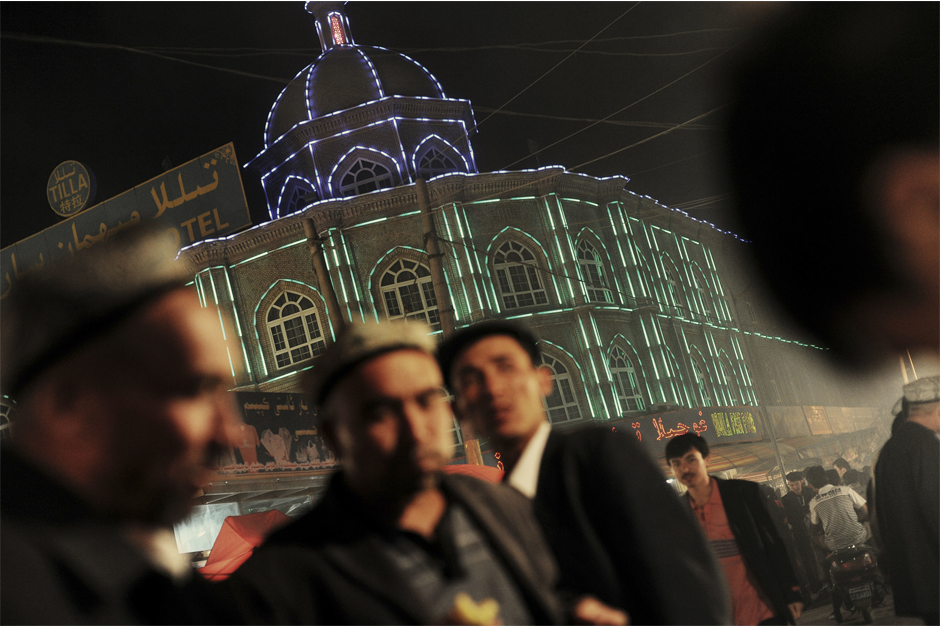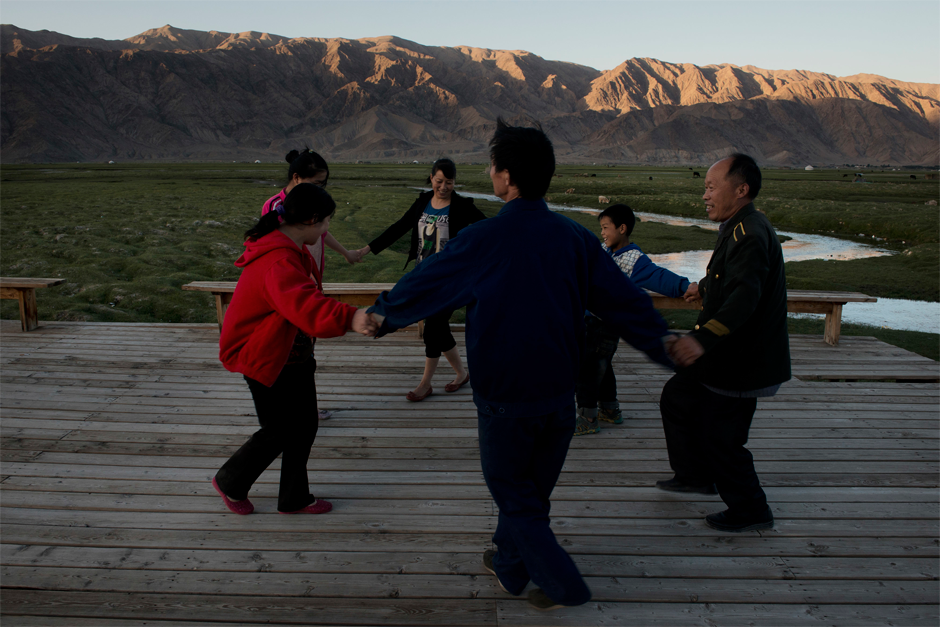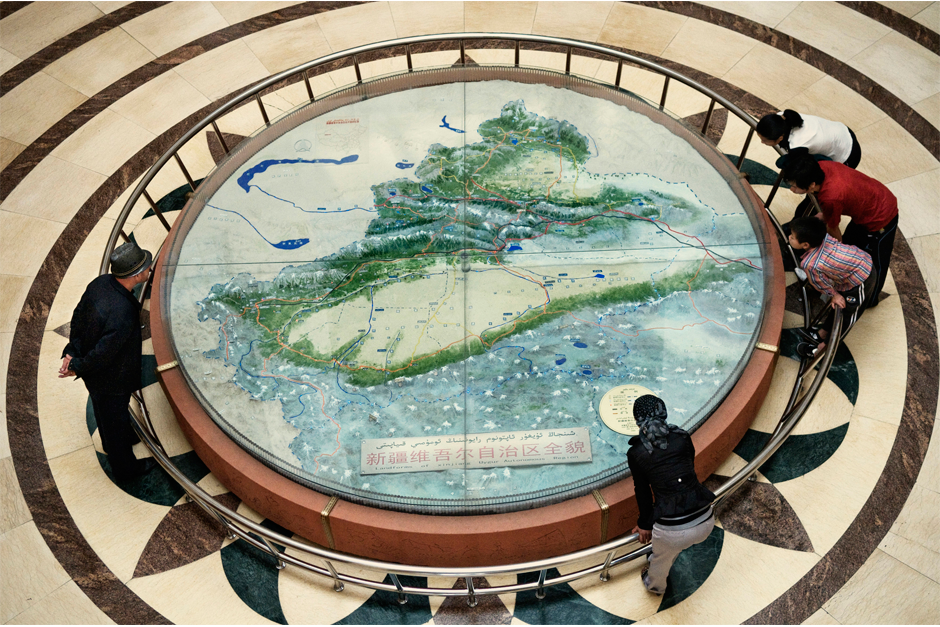Xinjiang Unsettled
My first trip to Xinjiang was in 1995; it was also my first trip to China. The UN’s World Conference on Women was taking place in Beijing and I could only manage to secure a visa for China on the condition that I would not go to Beijing (the authorities were getting nervous over the mass influx of foreigners in the capital). Since I couldn’t go to Beijing I decided to head west instead, with no clue about what to expect and little knowledge of the region.
One of the most significant moments from that trip was the celebration of the 40th anniversary of Xinjiang as an “Autonomous Region” in Urumqi. I managed to sneak into the stadium to attend the commemoration. It was a mix of speeches and choreography, with thousands of kids waving banners—not unlike the North Korean mass games. I was sitting at the edge of the stadium and I could see dozens of kids outside holding hydrogen balloons waiting for their turn to enter the stadium. Suddenly, one balloon burst and all the other balloons caught fire with it, sending a huge flame up into the air behind me. A soldier stood up and prevented me from looking at what was going on. I could hear shouts and cries and minutes later the sirens of ambulances. Meanwhile, the speech continued as if nothing had happened. More choreography, more speeches, more applause.
When you travel in Xinjiang, you see two communities living side-by-side but rarely interacting. Relations between Uighurs and Han Chinese have soured to the point where little dialogue seems possible. The 2009 Urumqi riots, in which a Uighur mob went on a killing spree that ultimately resulted in at least 194, mainly Han, deaths, was a turning point. Beijng’s “strike hard” policy in the aftermath of the riots, which continues to this day, has only created more resentment, hatred, and misunderstanding.
On top of economic alienation, Uighurs feel culturally threatened. The shutdown of Uighur language schools and websites and the new rules curtailing the practice of Islam have only reinforced the sense of a Uighur identity, which wasn’t as strong a few decades ago. Twenty years ago, there weren’t many women wearing the jilbab in Kashgar, or men wearing beards. Religious repression has only increased the appeal of a stricter form of Islam.
Beijing’s encouragement of immigration by Han Chinese to Xinjiang hasn’t helped the relations between the two communities. I remember chatting with a Han Chinese whose family had lived for generations in Xinjiang. He spoke Uighur and worked with Uighurs. He had some resentment towards these new Han immigrants himself. He told me they had little respect or understanding for local people. Four years ago in Shihezi, a 60-year-old pioneer town built by soldiers sent by Mao to develop the new frontier, I saw Hans and Uighurs dancing side by side on the town main square. The first waves of Han immigration into Xinjiang didn’t necessarily lead to the segregation we witness now.
Besides the change in the relations between communities, there are obvious signs of fast economic development: bigger cities, new and better roads, rail links, new airports, new hospitals, new modern residential areas, parks, and with these changes some traditional and unique architecture is sometimes destroyed in the process. But these changes are improving living standards and even making Xinjiang’s neighbors envious. While travelling in Tajikistan I was once told, “We should let the Chinese come! We want new roads, schools, hospitals. They can take the gold, the oil, I don’t care.”
For China, letting go of Xinjiang is simply unthinkable. It is part of the motherland, certainly not a colony as we might label it. Xinjiang is rich with badly needed natural resources (especially oil and gas) and of key importance from a geostrategic point of view. It shares borders with eight neighboring countries with which China has fast growing economic ties. Through Xinjiang runs the New Silk Road that leads all the way to Europe. China has even expanded its territorial footprint. Three years ago, Tajikistan ceded 386 square miles of its territory.
One of the most recent and dramatic changes in Xingjiang is the ubiquitous presence of armed police everywhere. Dozens of surveillance cameras are at every corner. You have the feeling of a region under siege, a police state. Among the Uighur, fear predominates many people’s day to day actions and it is pretty widespread. People don’t talk as freely as they used to or they simply refuse to talk. Working as a journalist is also more difficult with plainclothes policemen following your every move.
—Gilles Sabrié as told to David Barreda




